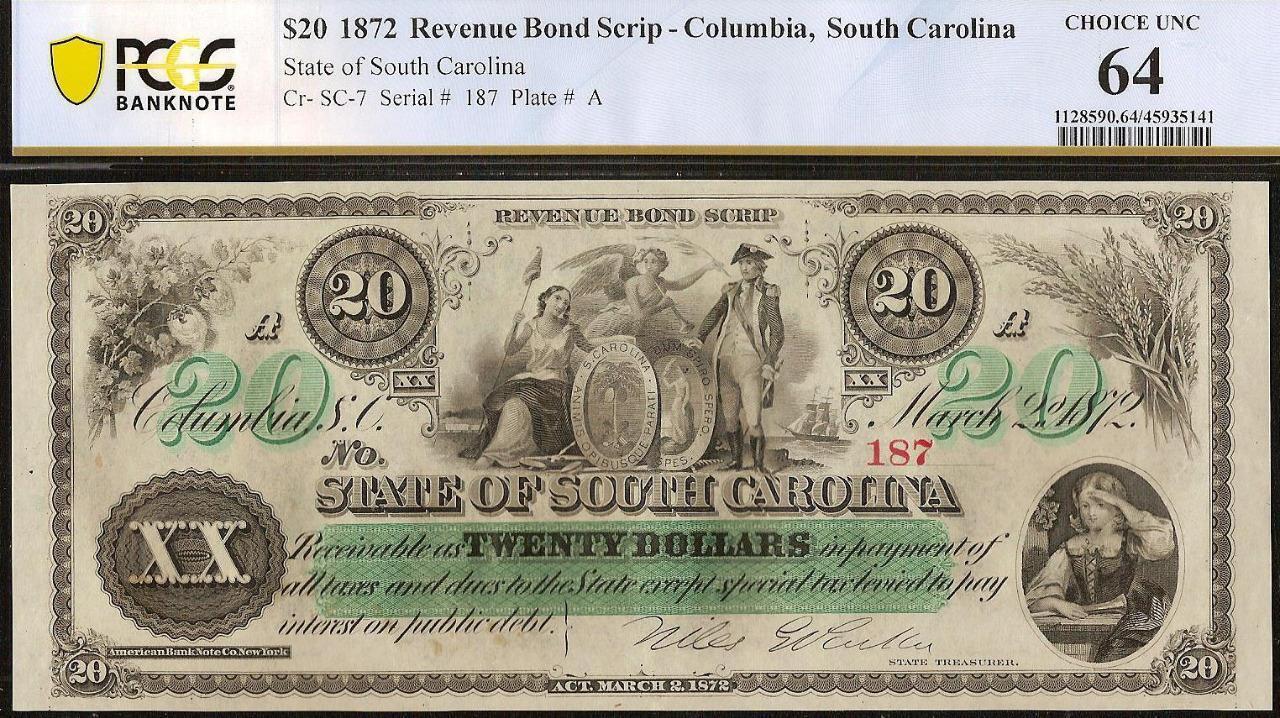-40%
1857 Bank of Tekama, Burt County, NE Territory, bluish green tint
$ 0.52
- Description
- Size Guide
Description
– 1857 - Bank of Tekama, Tekamah, Burt County, Nebraska Territory; unusual bluish green. Haxby number NE-85 G2a.The village of Tekamah, (Omaha tribe word for big cottonwood) was officially incorporated 14 March 1855 by the first territorial legislature of Nebraska. At that time it had about 50 inhabitants. The population was insufficient to support a bank, but it was the only settlement in Burt County and an ideal location for a “wild cat” bank.
There was a surge in requests for bank charters in Nebraska in 1857. The Nebraska Advertiser of Brownville reported the following on 26 February 1857:
The third session of the Nebraska Legislature adjourned sine die at 10 o’clock on the evening of the 13
th
. …..The next question in order of importance was the “Bank question.” Bills granting charters for six new Bills passed, and all vetoed by the Governor; on their reconsideration, but two passed one to be located at DeSoto, and the other at Tekama.
The bank had a 25-year charter with capitalization of ,000 to 0,000 and a requirement of ,000 subscription before the bank could open. The incorporators were all from out of state, mostly Indiana, and included: S.L. Campbell (president), F.M. Akin (cashier), T. M. Puett, W.C. Brewster, B.B. Northrop, W.A. Moore, W. N. Byers, George W. Chilcott, Luther Newton, F.R. Wright, L.P. Baman, Judson R. Hyde, and J.F. Wilson. F.M. Akin who were headquartered in Gossport, Indiana; Louisville, Kentucky and New Albany, Indiana. Later George Chilcott, a land agent, and Judson Hyde, a lawyer, became residents of Tekamah.
In 1857, S. L. Campbell was an attorney and land agent in Omaha with a partner, H.C. Rariden. In addition to being the president of the Bank of Tekama, S. L. Campbell ran for and won the election in August 1857 for Nebraska Territorial Auditor, but according to reports failed to qualify and never served in that role.
The lend credibility to the institution the following notice appeared in Council Bluff’s Nonparallel newspaper from 19 December 1857 through 6 March 1858:
BANK OF TEKAMA
TEKAMA, N.T.
Exchange Office of Bank of Tekama
OMAHA, N.T.
THE ABOVE INSTITUTIONS ARE NOW OPEN and ready for the transaction of a general Banking Business.
Gold, SILVER and Exchange on various parts of the United States, bought and Sold.
Collections made and promptly remitted. Land Warrants bought and sold and Loaned on Deeds of Trust. S. L. CAMPBELL, Pres’t. F. M. AKIN, Cash’r.
The first report of the banks failure was in the 27 May 1858 issue of the Bellevue Gazette, which announced the Tekama Bank had “gone by the boards.” And on that same date the Nebraska Advertiser announce the bank had “Gone Under.”
A few weeks later the following article appeared in the 17 June 1858 issue of the
Muscatine Evening Journal:
CLOSED BY ATTACHMENT. ON Saturday last one of our business men, holding some 0 of the issue of the Bank of Tekama, made a demand for the redemption of the same at the headquarters of the Bank, at Tekama. Payment having been refused, a writ of attachment was issued, and the property of the Bank – consisting of small frame a building, a safe and a desk, taken possession of by the Sheriff. It is instructive to remark that the safe contained "nary red." Omaha Times.
By the 1860 census the town of Tekamah had 124 individuals and 24 unoccupied residences.
This note was printed on sheet “B” by Baldwin, Bald & Cousland, New York and Bald Cousland & Co. Philadelphia with the central vignette of a seated allegorical representation of “America” and a Native American on either side of a shield showing a farm, bay and mountains. On the left is a rarely seen engraving entitled “Progress” and on the right is a commonly used engraving entitled “Drinking Water.” The note has a stamped serial number 2336, is hand dated
Sept 1, 1857
(completely gone) and signed by
F. M. Akin
, cashier (faded) and
S. L. Campbell
, president (faded)
The note has an extremely rare and unusual bluish green background. It is complete, but worn thin with many holes and rough edges.














